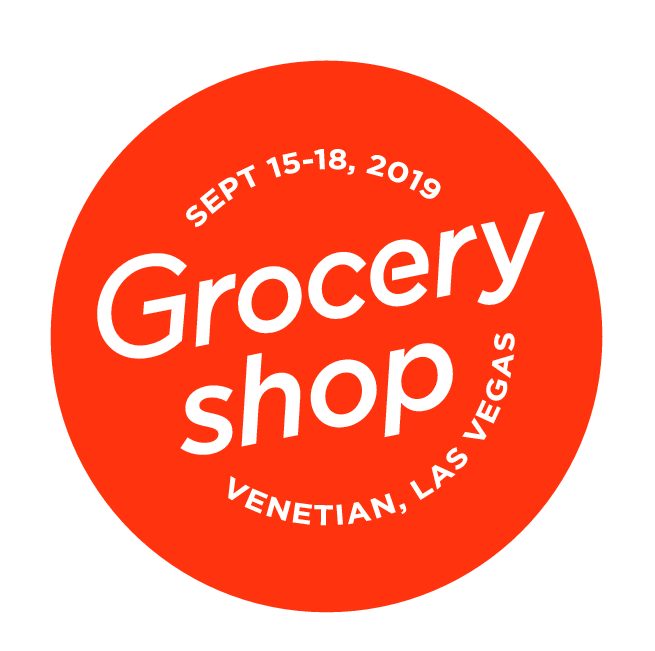
Shared Values Signal Purchase Intent
September 14th, 2019 Posted by Emergent brand marketing, brand strategy, change, Consumer insight, Emotional relevance, Marketing Strategy, storytelling 0 comments on “Shared Values Signal Purchase Intent”Are you speaking clearly or in Morse Code?
During World War II and prior to the U.S. entering the war, the British government working feverishly to counteract the devastating German Blitzkrieg, authorized the launch of a spy network intended to sabotage the Nazi war infrastructure. It was called the Special Operations Executive (SOE) and began training ordinary people with a passion for country and duty to become spies and saboteurs. Their principle form of communication would be Morse Code. The objective to avoid detection while operating behind enemy lines.
The cinematic stories of heroism and sacrifice are legion as SOE undertook its desperate calling to disrupt – by blowing up trains and power stations, often while hiding in plain sight. These days some brand communication starts to feel a bit like spy-savvy Morse Code. Businesses can find it hard to step away from internally-focused, self-reverential monologues and ‘us-speak’ to, instead, talk plainly and directly with people about what THEY care about. Conversation not code.
 It was strong beliefs and shared values that underscored the passions and bravery of SOE operatives that drove their communication. Those same characteristics, passion of shared interests, values and connection, now mark the attitudinal changes governing how people interact with brands and make purchase decisions.
It was strong beliefs and shared values that underscored the passions and bravery of SOE operatives that drove their communication. Those same characteristics, passion of shared interests, values and connection, now mark the attitudinal changes governing how people interact with brands and make purchase decisions.
Consumer behavior research over the last five years has monitored the change to what we call ‘symbolic purchase’. As beliefs and values increasingly shape popular culture and thinking, we observe that people use their purchases to flag to others who they are and what they care about. Purchases have become posters of personal expression and are largely emblematic demonstrations people believe will telegraph to everyone what they think is important. Not in Morse Code but in real, observable terms.
What Are Your Values and Are They Aligned with your desired consumers?
You may have detected the increased importance of shared values in how consumers decide what brands and businesses matter enough to them to be granted a small portion of brain time, consideration and wallet. For many years, marketers were preoccupied with efforts to convey their, hopefully, superior product features and benefits in the firm belief that logic and rational arguments would hold sway. After all, it’s 25 percent faster than the other leading brand, right?
People have evolved, and our insight optics have improved. We know that humans are driven by heart-over-head – and that all purchases are influenced through emotional connectivity. Indeed, it is the absence of genuine connection that sits at the foundation of why some brands struggle to truly engage their customers.
This isn’t, by the way, a discussion of new media channels or digital platforms, mostly social, as a means to secure the engagement sweet spot. Failure to nail relevance can be traced back to overlooking a prerequisite to correctly mine the consumers’ continual search for deeper meaning.
What your brand says, does, how it behaves and the many signals it broadcasts (some intentional and some simply reflected by actions – which always speak louder than words) either reveals shared values or it doesn’t. And as such, it will resonate and motivate people to want to interact with and purchase your brand or it won’t. This is in some ways a character issue more so than about deploying clever words and phrases.
Here’s the LitmusTest:
What do your best customers care about? And that question is not a request for evaluation of your features and benefits!
- How do they live?
- What do they struggle with?
- What are their aspirations and dreams?
- What are their concerns, wants and wishes?
- How is your brand and business an enabler and partner in making their lives better and answering their desire for deeper meaning?
In our increasingly cynical society people have become less trusting and more skeptical. The Internet amplifies this by illuminating every misstep, mistake, scandal and recall to a replay-able loop-tape of evidence that businesses tend to look after their own self-interest. In response to this, consumers yearn to connect with brands that are built around a higher purpose, a shared value system and, frankly, a “soul” that transcends commerce.
Mining the Treasure Trove of Engagement
What an amazing opportunity for the more enlightened brand-minders who can blaze a trail to long-term connection with their users. How can we create marketing that people actually want and seek out rather than work to avoid? Having the courage to disconnect the hard-sell and instead, start talking with consumers about their interests and needs is the starting line for deeper connection.
- For example: When the pet food company recognizes it’s not in the kibble business but in the pet care relationship and guidance business, you begin to see how the brand voice should evolve and how a bond can be nurtured. How exciting to be forging connections and conversations around the lifestyle people seek out with their four-legged family members. The specific quality of nutrition and ingredients doesn’t become unimportant. Rather, it’s what chin do you lead with – protein percentages or health and wellbeing? It’s the latter.
The great news here is the treasure trove of content engagement opportunities that can be created with an audience on the hunt for a steady diet of this material.
What is the Main Goal of Marketing?
If you simmer everything down to its core essence, the mission of marketing is trust creation. We have ample evidence that trust is an elusive commodity. It’s hard to secure it and even harder to keep it.
Trust development cannot just be a “strategy” in the marketing plan. It is an outcome of the very belief system and values we’ve been talking about here. There’s no ‘fake it till you make it’ in the trust curation department.
- The heroic performances of SOE recruits was delivered through an out-sized commitment to their mission and higher purpose. Their calling serves as a stunning example of what’s possible when more is going on than just seeking transactions.
The irony here, is the less selfish aspects of caring about the health and wellbeing of customers and contributing to achieving their life goals, in fact, feeds the relationship that leads to transactions. Fearlessly leaning into the understanding that shared values precedes the creation of any type of affinity or loyalty. The honest development of a real bond and relationship is where all of this begins.
One of the most exciting aspects of our work at Emergent is when a client looks for guidance in this very arena and we have the extraordinary privilege of helping define what that higher purpose looks like and how it can become an anchor for business and marketing strategy.
What’s the definition of a really big idea? It’s an idea that you can immediately, obviously see how it will impact the behavior of the organization from top to bottom. The beauty of landing on this understanding is the refreshing clarity it delivers to every decision around product, innovation, organization, people and very importantly, marketing that works.
Looking for more food for thought? Subscribe to our blog.
Bob Wheatley is the CEO of Chicago-based Emergent, the healthy living agency. Emergent provides integrated brand strategy, communications and insight solutions to national food, beverage, home and lifestyle companies. Emergent’s unique and proprietary transformation and growth focus helps organizations navigate, engage and leverage consumers’ desire for higher quality, healthier product or service experiences that mirror their desire for higher quality lifestyles. For more information, contact [email protected] and follow on Twitter @BobWheatley.




